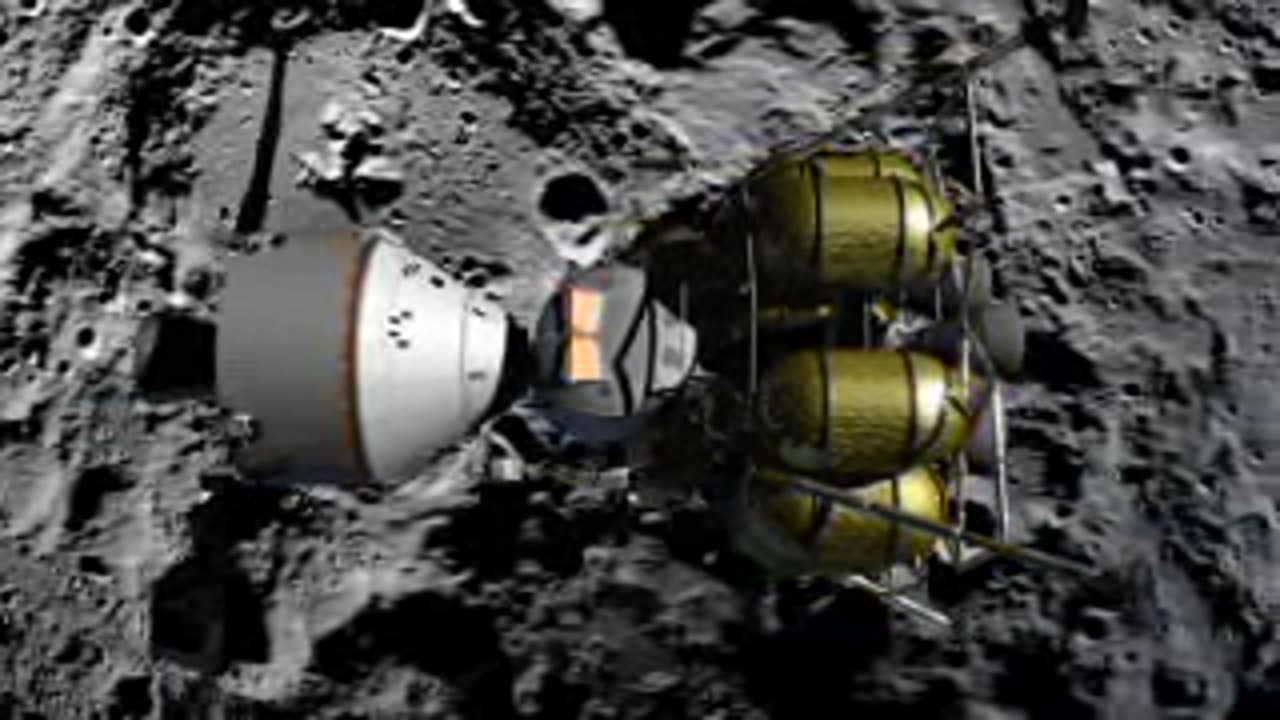Premium Only Content

NASA LUNAR SURFACE
The lunar surface is the outermost layer of the Moon, which is the natural satellite of Earth. NASA, the National Aeronautics and Space Administration, has conducted several missions to study and explore the lunar surface.
NASA's Apollo program, which ran from 1961 to 1972, successfully landed six crewed missions on the Moon. The Apollo astronauts collected samples of lunar rocks and soil, conducted experiments, and deployed scientific instruments on the lunar surface. These missions provided valuable data and insights into the Moon's geology, composition, and history.
In recent years, NASA has continued to study the lunar surface through robotic missions. The Lunar Reconnaissance Orbiter (LRO), launched in 2009, has been orbiting the Moon and collecting high-resolution images and data about its surface. LRO has helped identify potential landing sites for future human missions and has provided valuable information for scientific research.
NASA is currently working towards returning humans to the lunar surface through its Artemis program. The Artemis missions aim to establish a sustainable human presence on the Moon by the 2030s. These missions will involve landing astronauts near the lunar south pole, where water ice deposits have been detected. The lunar surface will serve as a base for scientific research, resource utilization, and as a stepping stone for future human exploration of Mars and beyond.
Overall, NASA's exploration and study of the lunar surface have significantly contributed to our understanding of the Moon and its potential as a destination for future human space exploration.
-
 LIVE
LIVE
The Pete Santilli Show
2 hours agoMORNING STREAM Tuesday September 9, 2025 💣 THE PETE SANTILLI SHOW & SANTILLI REPORT (Monday 9/8)
486 watching -
 LIVE
LIVE
The Chris Salcedo Show
11 hours agoWhat Does The Data & Science Say?
496 watching -
 20:14
20:14
Jasmin Laine
17 hours agoSHOCKING SLIP-UP: Liberals Accidentally CONFIRM Oil & Gas PHASE-OUT
35.1K24 -
 38:14
38:14
The Official Corbett Report Rumble Channel
1 day agoWar Is A Crime
10.6K22 -
 LIVE
LIVE
BEK TV
23 hours agoTrent Loos in the Morning - 9/09/2025
221 watching -
 LIVE
LIVE
The Bubba Army
22 hours agoMore Epstein Files Dropped! - Bubba the Love Sponge® Show | 9/09/25
2,029 watching -
 LIVE
LIVE
FyrBorne
19 hours ago🔴Warzone M&K Sniping: How To Harness The Beast (Of Sniping)
100 watching -
 7:02
7:02
Sugar Spun Run
1 day ago $1.37 earnedBrownies from Scratch
32.9K6 -
 10:07
10:07
The Official Steve Harvey
16 hours ago $0.72 earned82 Years of Love, Laughs & Keeping It Real
11.6K1 -
 7:00
7:00
DropItLikeItsScott
15 hours ago $1.32 earnedIs This The Best 1911 Pistol Ever Made? Oriskany Arms 1911
15.4K2